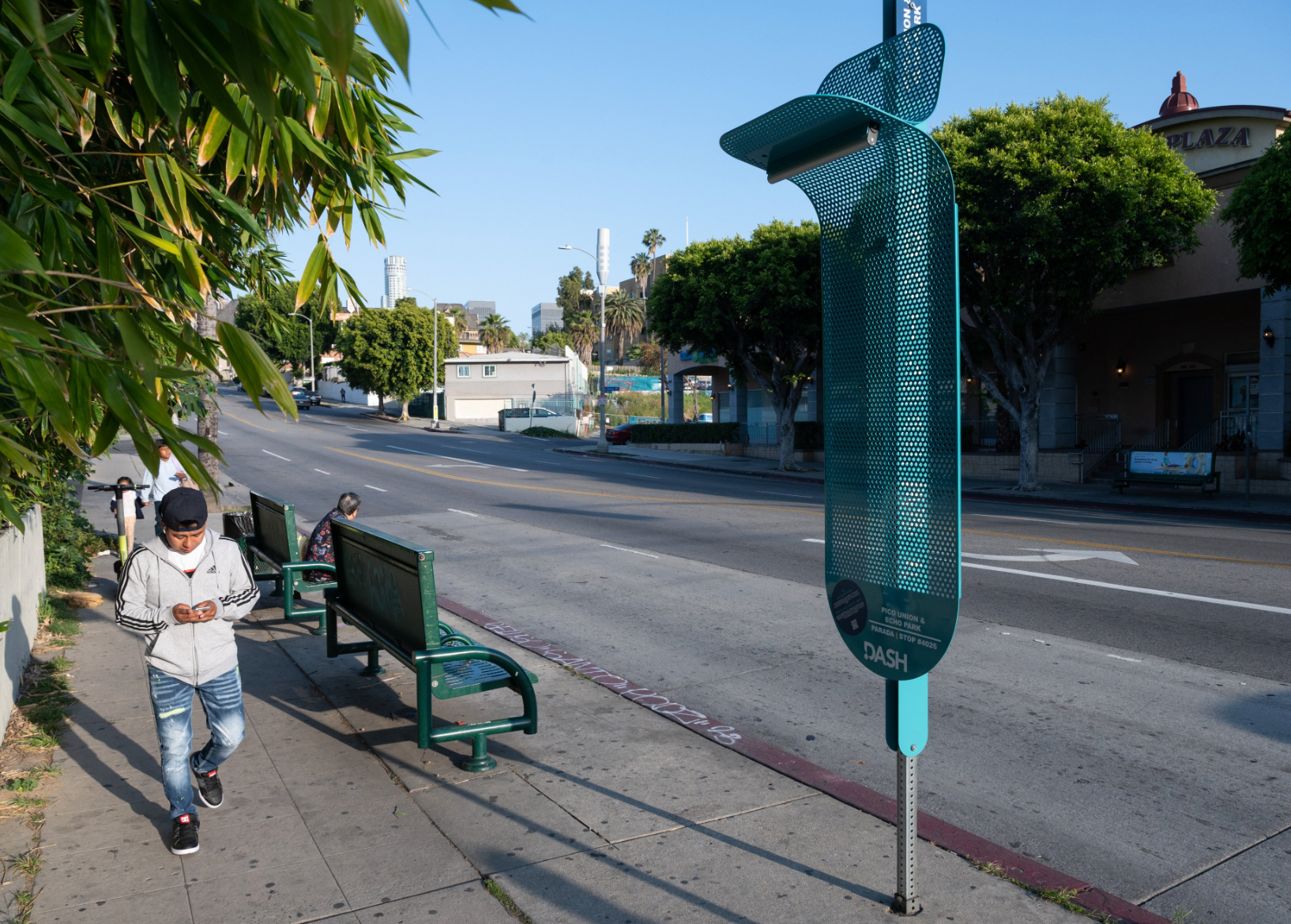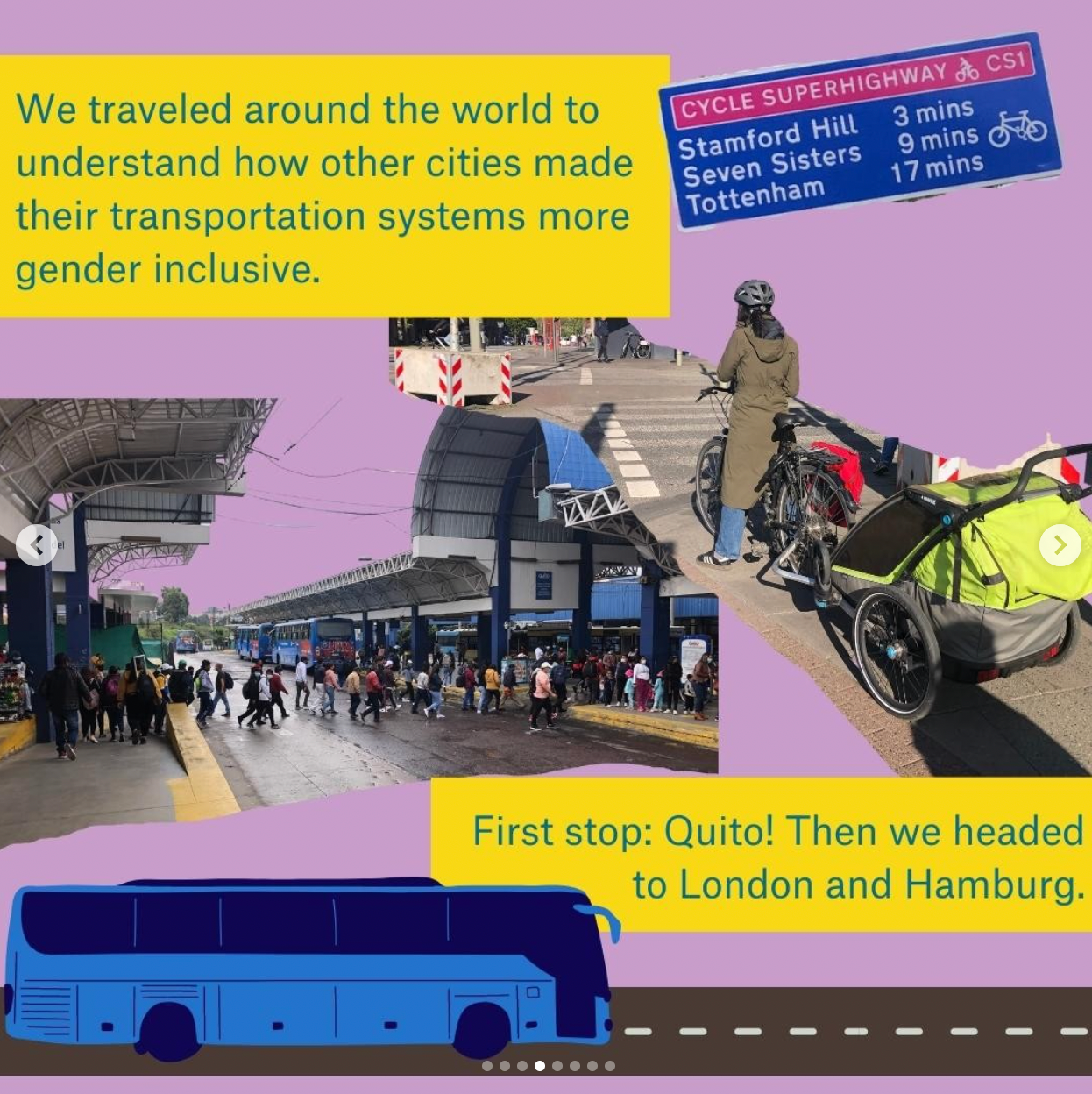Los Angeles brutally mocked for calling 18-inch shaded bus shelters ‘life-changing’ for women and minorities
Solar-powered structure was supposed to offer shelter from the scorching LA sun during the day and light up at night to give female straphangers a ‘sense of security’
Your support helps us to tell the story
From reproductive rights to climate change to Big Tech, The Independent is on the ground when the story is developing. Whether it's investigating the financials of Elon Musk's pro-Trump PAC or producing our latest documentary, 'The A Word', which shines a light on the American women fighting for reproductive rights, we know how important it is to parse out the facts from the messaging.
At such a critical moment in US history, we need reporters on the ground. Your donation allows us to keep sending journalists to speak to both sides of the story.
The Independent is trusted by Americans across the entire political spectrum. And unlike many other quality news outlets, we choose not to lock Americans out of our reporting and analysis with paywalls. We believe quality journalism should be available to everyone, paid for by those who can afford it.
Your support makes all the difference.The Los Angeles Department of Transportation is facing backlash after boasting about a “first-of-its-kind” bus shelter structure.
“La Sombrita” — Spanish for “little shade” — was unveiled on 18 May, with the organizers and developers behind the pilot project lauding it as “life-changing” for women and minorities.
The solar-powered structure was supposed to offer shelter from the scorching LA sun during the day and light up at night to give female straphangers a “sense of security”. But Angelino bus riders have mocked the design, which is around 18 inches wide and hardly protects more than one rider at a time from the sun — that is, when the sun is at the right angle.
The team that developed the idea through a partnership with LADOT and with help funding from the Robert Wood Johnson Foundation, travelled to Quito, London and Hamburg, to gain inspiration for the underwhelming La Sombrita.
The structure has been placed on four stops in low-income communities in order to “prioritise late-night service and areas with above-average ridership”.
‘“La Sombrita’ improves the bus experience for riders: protecting them from the sun and providing a sense of security at night,” the LADOT said in a Twitter announcement. “... It’s adaptable to streets that can’t get a bus shelter and can be affixed to existing bus signs with no new permits required.”
But a major point of contention among riders is what they say is a disconnect between the way the structure has been presented by officials and the perks that it actually offers.

“To be honest, what is it going to shelter us from? It doesn’t protect from the sun, it doesn’t protect from the rain,” Antonio Gonzales told Univision in Spanish.
When asked whether the structure would make her feel safer at night, a young woman also told the network: “How is it supposed to make me feel safer?”
Kounkuey Design Initiative CEO Chelina Odbert said in a statement to The Independent that “La Sombrita” is only the first part of a bigger project looking to address more concerns and that feedback will be noted as the process moves forward.
“This first iteration of La Sombrita is a short pilot to allow transit users to test and refine a viable, low-cost, small-scale, design fix that helps improve things now,” the statement read.
“But it’s part of a larger action plan called “Next Stop” that addresses the bigger issues in the longer term. It’ll be released later this year, and has not cost taxpayers a dime. The good news is: Feedback has always been part of the plan and is built into our process.”
The $10,000 layout is more affordable than traditional shelter designs, which cost up to $50,000, require new permitting and can’t always be placed in areas where the sidewalk is narrow.

Those shelters only cover 26 per cent of the more than 10,000 bus stops in Los Angeles County, according to Univision. More Sombritas could be installed across the county in August pending feedback from bus riders.
The topic is of increasing importance during this time of the year, as summer approaches in the City of Angeles. According to a report last year by The Los Angeles Times, deaths in the county increase between 8 to 30 per cent during heat waves.




Join our commenting forum
Join thought-provoking conversations, follow other Independent readers and see their replies
Comments